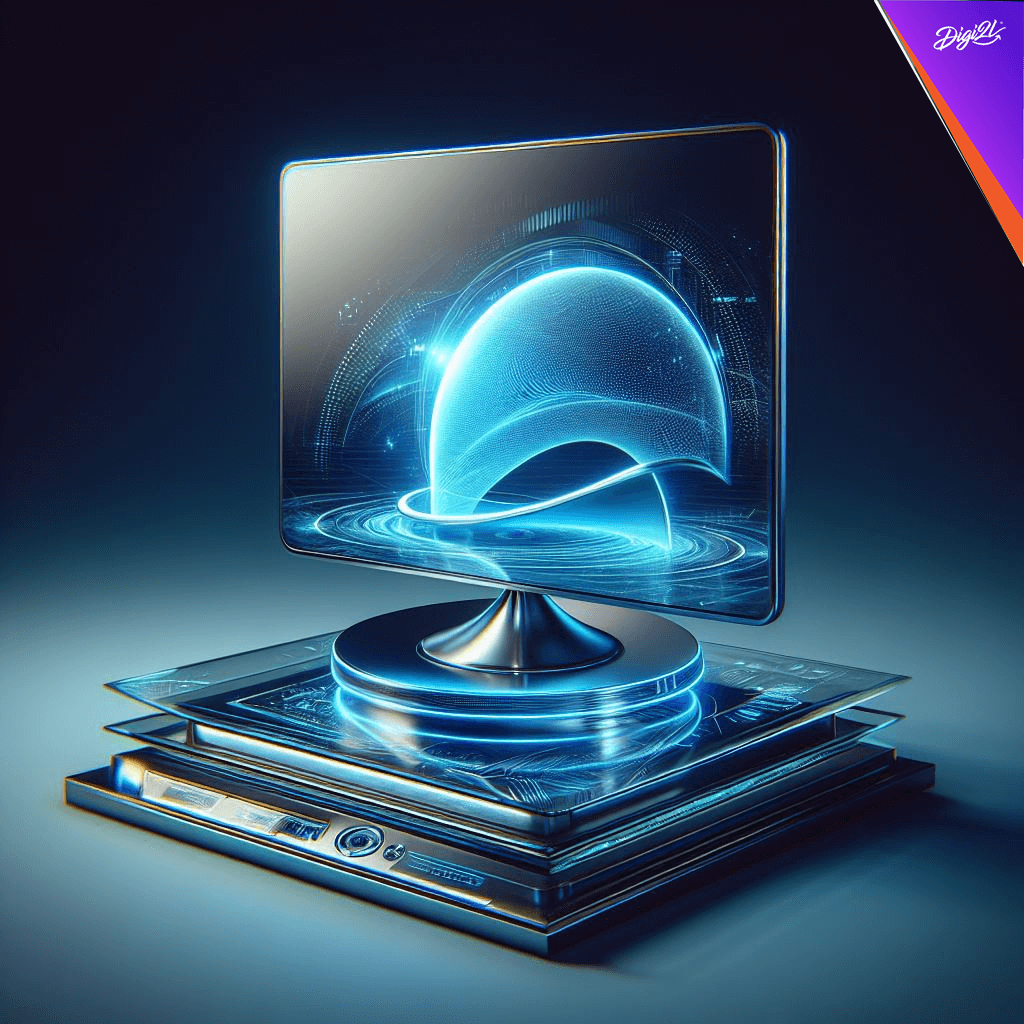
Please Wait ...

Please Wait ...
Enquiry






Curently We are Not Serviceable In this Pincode
91 Springboard, Business Hub, Godrej & Boyce, Gate No. 2, LBS Marg, Vikhroli West, Mumbai, 400079
91 Springboard, Business Hub, Godrej & Boyce, Gate No. 2, LBS Marg, Vikhroli West, Mumbai, 400079
91 Springboard, Business Hub, Godrej & Boyce, Gate No. 2, LBS Marg, Vikhroli West, Mumbai, 400079
91 Springboard, Business Hub, Godrej & Boyce, Gate No. 2, LBS Marg, Vikhroli West, Mumbai, 400079
91 Springboard, Business Hub, Godrej & Boyce, Gate No. 2, LBS Marg, Vikhroli West, Mumbai, 400079
91 Springboard, Business Hub, Godrej & Boyce, Gate No. 2, LBS Marg, Vikhroli West, Mumbai, 400079
91 Springboard, Business Hub, Godrej & Boyce, Gate No. 2, LBS Marg, Vikhroli West, Mumbai, 400079
91 Springboard, Business Hub, Godrej & Boyce, Gate No. 2, LBS Marg, Vikhroli West, Mumbai, 400079
91 Springboard, Business Hub, Godrej & Boyce, Gate No. 2, LBS Marg, Vikhroli West, Mumbai, 400079
Min
Max
₹5,000
₹45,000
Suggested Price







Blogs> Know the future and make better choices!

The future of LED and smart TVs promises exciting advancements in technology that are set to revolutionize the television viewing experience. Anticipated developments include higher resolutions, such as 8K, which will provide viewers with incredibly sharp and detailed images. Manufacturers are also expected to enhance picture quality through innovations like improved contrast ratios, wider color gamuts, and better HDR capabilities, delivering more lifelike images. Additionally, TVs are likely to become thinner and lighter, thanks to LED technology, making them more aesthetically pleasing and easier to mount or move around. Smart TVs are poised to become even more connected, offering seamless integration with other smart home devices and services. This could entail features like voice control, home automation, and compatibility with a wider range of apps and streaming services. Moreover, AI and machine learning integration are expected to personalize recommendations, optimize picture and sound quality, and introduce features like gesture or emotion recognition for more intuitive interaction. Interactive experiences are also on the horizon, with advancements in augmented reality (AR) or virtual reality (VR) integration allowing viewers to immerse themselves more fully in the content they’re watching. Furthermore, improvements in energy efficiency will reduce power consumption and environmental impact, while flexible display technology could revolutionize TV design, offering screens that can be rolled up or folded for easy storage or transport. When comparing LED and smart TVs to traditional LCD TVs, LED TVs offer advantages such as better energy efficiency, thinner designs, and potentially superior picture quality. On the other hand, smart TVs provide additional functionality and connectivity options, eliminating the need for external streaming devices. Therefore, the choice between LED and smart TVs versus LCDs depends on individual preferences and priorities, considering factors such as picture quality, features, connectivity options, and budget. Overall, the future of LED and smart TVs holds immense promise, with continued innovation driving improvements in performance, design, and functionality to enhance the viewing experience for consumers.
LED and smart TVs are the most in-demand high-lifestyle entertainment and news home appliances we know today, but are we aware of their future? Let’s check that out :
The future of LED and smart TVs is likely to involve continued advancements in technology, providing consumers with even more features, better picture quality, and enhanced user experiences. Here are some potential developments:
Overall, the future of LED and smart TVs looks promising, with continued innovation driving improvements in performance, design, and functionality to enhance the viewing experience for consumers.
Are Led and smart tvs a better choice than LCDs?
LED TVs and smart TVs are not mutually exclusive categories; rather, they represent different aspects of television technology:
When comparing LED and smart TVs to traditional LCD TVs, LED TVs generally offer better energy efficiency and potentially better picture quality due to their advanced backlighting technology. Smart TVs, on the other hand, provide additional functionality and connectivity options, allowing users to access a wide range of online content and services without additional devices.
So, whether LED and smart TVs are a better choice than LCDs depends on your specific needs and preferences. If you value features like energy efficiency, slim design, and potentially better picture quality, an LED TV might be the right choice. If you’re interested in accessing online content, streaming services, and using apps directly on your TV screen, a smart TV could be more suitable. Ultimately, it’s essential to consider factors such as picture quality, features, connectivity options, and budget when making your decision.

By Digi2L - April 27, 2024

By Digi2L - April 26, 2024

By Digi2L - April 25, 2024